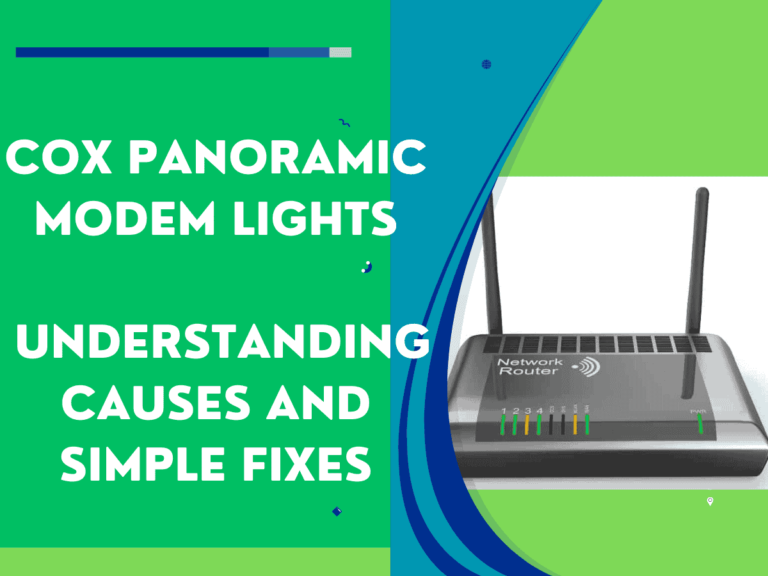In the dynamic landscape of business, safeguarding against uncertainties is paramount. Key Person Insurance emerges as a strategic tool, providing financial protection and assurance for businesses reliant on key individuals. Let’s delve into the definition, cost considerations, and mechanics of how Key Person Insurance operates.
Definition of Key Person Insurance
Key Person Insurance is a specialized policy designed to protect businesses from financial losses incurred due to the death or incapacity of a key individual crucial to the company’s success.
Importance in Business
The significance of this insurance lies in its ability to mitigate risks associated with the potential loss of key personnel, ensuring business continuity and stability.
This article aims to demystify Key Person Insurance, covering its definition, and cost factors, and providing insights into its functionality within the business context.
Understanding Key Person Insurance
A. Identifying the Key Person
Key Person Insurance revolves around identifying individuals whose absence would significantly impact the company’s operations, finances, or success.
B. Types of Risks Covered
The policy typically covers risks such as loss of revenue, recruitment costs, and potential disruptions in business operations due to the key person’s absence.
C. How It Differs from Traditional Insurance
Unlike traditional insurance, Key Person Insurance is tailored to address the unique risks associated with the key individual’s role in the company.
Cost Considerations
A. Factors Influencing Premiums
Premiums are influenced by factors such as the key person’s age, health, and the nature of the business. The higher the risk, the more substantial the premium.
B. Calculating Coverage Needs
Determining the coverage amount involves assessing the financial impact the loss of the key person would have on the business, factoring in potential losses and expenses.
C. Balancing Costs and Benefits
Businesses must strike a balance between the costs of premiums and the benefits derived from the policy, ensuring it aligns with their overall financial strategy.
How Key Person Insurance Works
A. Policy Structure
Key Person Insurance policies are structured to provide a lump sum benefit to the business in case of the key person’s death or incapacity.
B. Claim Process
The claim process involves notifying the insurer, submitting required documentation, and the insurer assessing the validity of the claim before disbursing the benefit.
C. Ensuring Business Continuity
The primary function of the policy is to provide financial support, enabling the business to navigate challenges and maintain operations during a critical period.
Benefits of Key Person Insurance
A. Financial Protection
The policy provides a financial safety net, offering liquidity to cover immediate expenses and losses.
B. Facilitating Business Operations
With financial support, the business can hire temporary replacements, train new personnel, or even weather a temporary decline in revenue.
C. Assuring Stakeholders
Key Person Insurance reassures stakeholders, including investors and creditors, that the business has a plan to mitigate risks associated with key personnel.
Drawbacks and Limitations
A. Exclusivity to Larger Businesses
Smaller businesses may find the costs prohibitive, limiting the accessibility of Key Person Insurance to larger enterprises.
B. Complexity in Determining Value
Assigning a monetary value to the contribution of a key person can be subjective, posing a challenge in determining the appropriate coverage amount.
C. Regulatory Compliance
Adherence to regulatory requirements and ensuring the policy complies with tax laws can add complexity to the implementation of Key Person Insurance.
Assessing the Need for Key Person Insurance
A. Business Size and Structure
Larger businesses with a substantial reliance on key individuals are more likely to benefit from Key Person Insurance.
B. Dependency on Key Individuals
Businesses heavily dependent on one or a few key individuals should carefully assess the potential impact of their absence.
C. Long-Term Business Goals
Consideration of long-term business goals and the role of key personnel in achieving those goals is essential in determining the need for this insurance.
Choosing the Right Insurance Provider
A. Researching Reputable Insurers
Thorough research into insurance providers’ reputations and track records is crucial in selecting a reliable partner.
B. Customizing Policies
Businesses should seek insurers willing to customize policies to their specific needs, ensuring the coverage aligns with their unique circumstances.
C. Seeking Professional Advice
Consulting with insurance professionals or financial advisors can provide valuable insights into the selection and customization of Key Person Insurance.
Real-Life Examples
A. Success Stories
Exploring success stories where Key Person Insurance played a pivotal role in maintaining business stability and success.
B. Cautionary Tales
Learning from cautionary tales, understanding potential pitfalls, and how businesses can mitigate risks through effective Key Person Insurance.
Frequently Asked Questions about Key Person Insurance
A. What is considered a key person in a business?
A key person is an individual whose absence would significantly impact the business’s operations, success, or financial stability.
B. How is the value of a key person determined?
The value is determined by assessing the individual’s contribution to the business, factoring in financial and operational impacts.
C. Can a small business afford key person insurance?
While costs can be a consideration, small businesses can explore tailored policies that suit their budget and needs.
D. Is key person insurance tax-deductible?
In some cases, premiums may be tax-deductible, but it’s crucial to consult with tax professionals for accurate guidance.
E. What happens if the key person leaves the company?
Key Person Insurance is typically tied to the individual’s association with the company; if they leave, the policy may be reassessed or discontinued.







